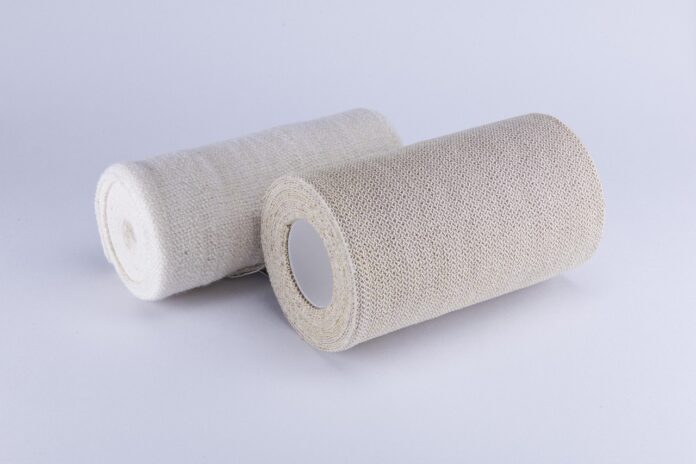
Recovering from an injury requires patience, dedication, and the right approach to rebuilding strength and mobility. The road to recovery can feel overwhelming, but with a structured plan and a focus on gradual progress, it is possible to regain movement and return to an active lifestyle. Addressing both physical and mental challenges during this time is crucial, as regaining confidence is just as important as restoring physical function.
Understanding the Impact of an Injury on the Body
Injuries can affect muscles, joints, and bones, leading to reduced mobility and prolonged discomfort. The healing process varies based on the severity of the injury, previous activity levels, and the effectiveness of treatment. Muscle atrophy, stiffness, and loss of flexibility are common issues that arise after extended periods of immobility.
To counteract these effects, it is essential to implement a rehabilitation plan tailored to the individual’s needs. Recovery should focus on rebuilding strength while preventing secondary complications, such as imbalances or compensatory movements that could lead to further injuries.
The Role of Physical Therapy in Regaining Mobility
Physical therapy plays a key role in restoring movement and function after an injury. A skilled therapist can design a program that incorporates stretching, strength training, and targeted exercises to facilitate healing.
Controlled movements help prevent stiffness, while progressive resistance training encourages muscle growth. Sessions often begin with gentle activities to promote circulation, gradually increasing in intensity as the body adapts. Consistency is crucial, and individuals must remain committed to the prescribed exercises to achieve lasting results.
Therapists may also introduce functional training, which mimics everyday activities to help individuals regain confidence in their movements. Over time, as progress is made, advanced techniques can be incorporated to further enhance mobility and stability.
Managing Pain Without Hindering Progress
Pain management is an integral part of the recovery process. While some discomfort is expected, distinguishing between normal soreness and pain that signals further injury is essential. Techniques such as heat therapy, cold compresses, and massage therapy can help alleviate discomfort while promoting blood flow to affected areas. Proper hydration and balanced nutrition also contribute to recovery by providing essential nutrients that aid in tissue repair.
For those recovering from serious incidents, seeking guidance from medical professionals can ensure that pain management strategies support healing rather than masking underlying issues.
Psychological Resilience During Rehabilitation
Physical recovery is only one aspect of healing—mental resilience is equally important. Injuries often lead to frustration, anxiety, or even depression, especially when they limit daily activities. Maintaining a positive mindset through goal-setting and celebrating small milestones can make the journey more manageable.
Support from family, friends, or support groups can provide encouragement during difficult moments. Establishing a routine that incorporates movement, rest, and self-care fosters a sense of progress and keeps motivation high.
Seeking Professional Assistance for Accident-Related Injuries
Recovering from injuries sustained in accidents can be particularly challenging, especially when they result from another party’s negligence. Those affected may require legal assistance to navigate claims related to medical expenses, lost wages, and long-term rehabilitation costs.
Consulting a Speeding Car Accident Lawyer for speeding driver in St. Louis or another area can provide clarity on available legal options while allowing individuals to focus on their recovery. Legal professionals can help secure compensation that supports ongoing treatment and rehabilitation efforts, easing financial burdens that often accompany injury recovery.

Image source: Pexels
Nutrition’s Role in Supporting Recovery
A well-balanced diet provides the nutrients necessary for muscle repair and overall healing. Protein-rich foods aid in rebuilding tissues, while vitamins and minerals support immune function and inflammation control. Hydration is just as important, as water facilitates nutrient transport and prevents dehydration-related complications.
Omega-3 fatty acids, commonly found in fish and nuts, can help reduce inflammation, making them valuable additions to a recovery-focused diet.
Small dietary adjustments can significantly enhance the body’s ability to recover and regain strength efficiently. Also, consuming complex carbohydrates can help replenish glycogen stores, providing the body with sustained energy during recovery.
Antioxidants from fruits and vegetables can further support the healing process by neutralizing free radicals that can slow down recovery. It is also important to avoid excessive processed foods and added sugars, as they can hinder the body’s natural healing response and contribute to inflammation.
Resuming normal activities should be a gradual process to prevent new injuries. Setting realistic goals and listening to the body’s signals help determine when it is safe to progress. Engaging in recreational sports, outdoor activities, or structured fitness programs should be approached cautiously, with a focus on controlled movements and proper technique.
Establishing a sustainable exercise routine that aligns with current fitness levels fosters long-term wellness and prevents unnecessary strain. With dedication and a strategic approach, it is possible to rebuild strength, restore mobility, and enjoy a healthier, more active life once again.
Main image source: Pixabay




